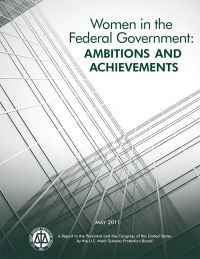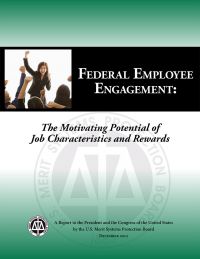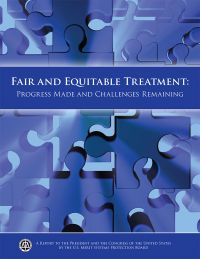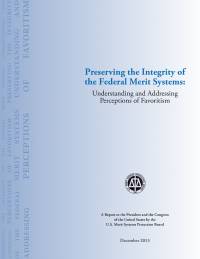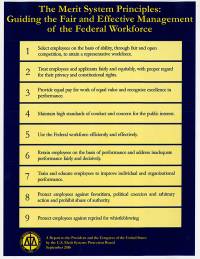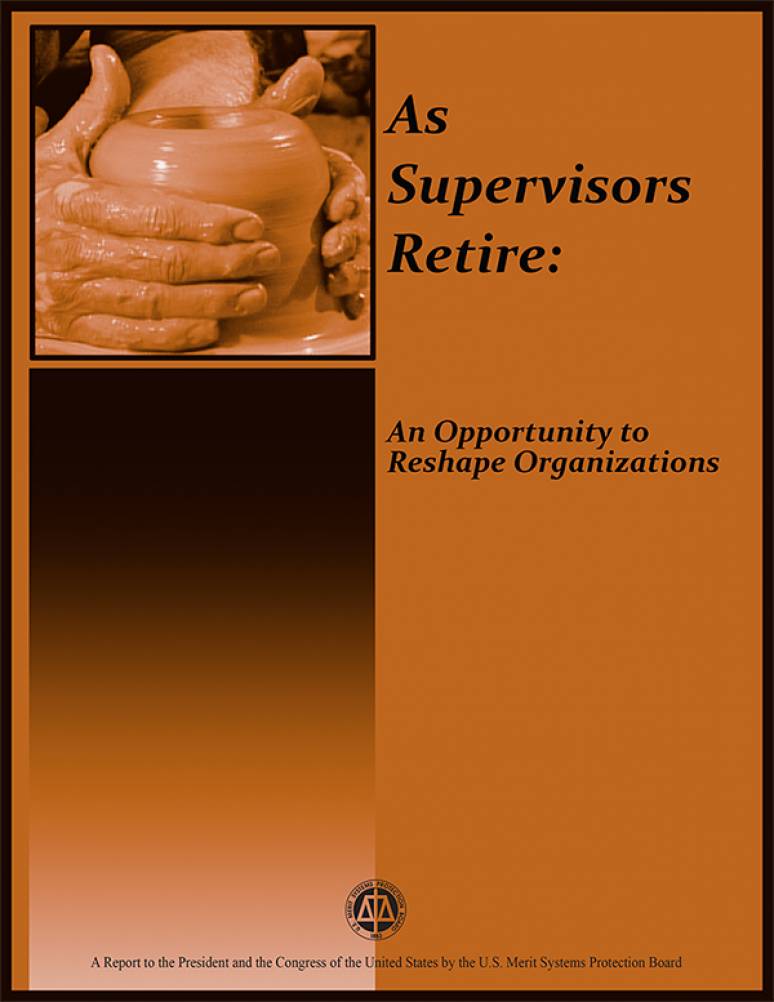
This report details how the coming exodus of supervisors presents opportunities for agencies to shape the future supervisory cadre by recognizing and capitalizing on the changing nature of Federal supervision. This resource explores how the role of the Federal supervisor is changing and how leaders can select, develop, and manage supervisors who can function effectively in this dynamic environment. Merit Board research indicates that the Federal workforce can expect large numbers of supervisors to retire soon, particularly those of the baby boomer era. The emergence of a knowledge-based multi-sector workforce, increasing strategic human resources management initiatives, greater supervisory flexibilities, the advent of telework, and the need for enhanced supervisory communications have changed the work place dramatically. As supervisors leave, agencies should take advantage of this opportunity to cultivate supervisors with the knowledge, skills, and abilities to function effectively and even thrive in the modern workplace.
Introduction 1 The Changing Demographics of Federal Supervisors 3
Defining Supervisors and Managers 3
The Retirement-Eligible Supervisor Workforce 4
The Increase in Supervisors Over the Past Decade 6
The Diversity of Supervisors 7
The Changing Nature of Federal Supervisors 11
Shift Toward a Knowledge-Based Workforce 11
Demands to Strategically Manage Human Resources 14
Advent of Human Resources Flexibilities and Increased Communication Needs 15
Teleworking Initiatives 18
Outsourcing and Managing a Multi-Sector Workforce 19
CONCLUSIONS 21
Recommendations 23
All federal management, supervisor, and employes could benefit by securing this human capital resource.


